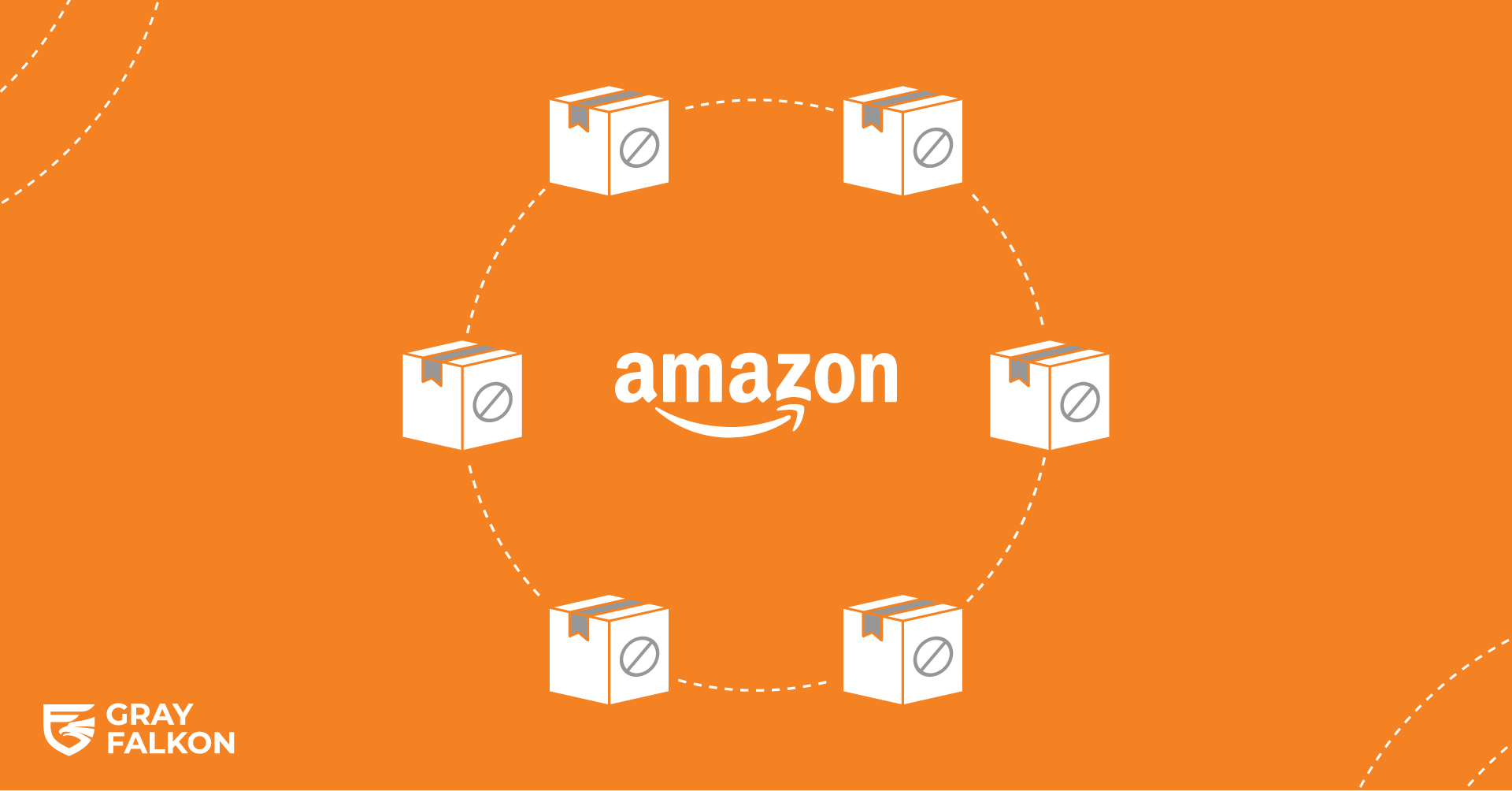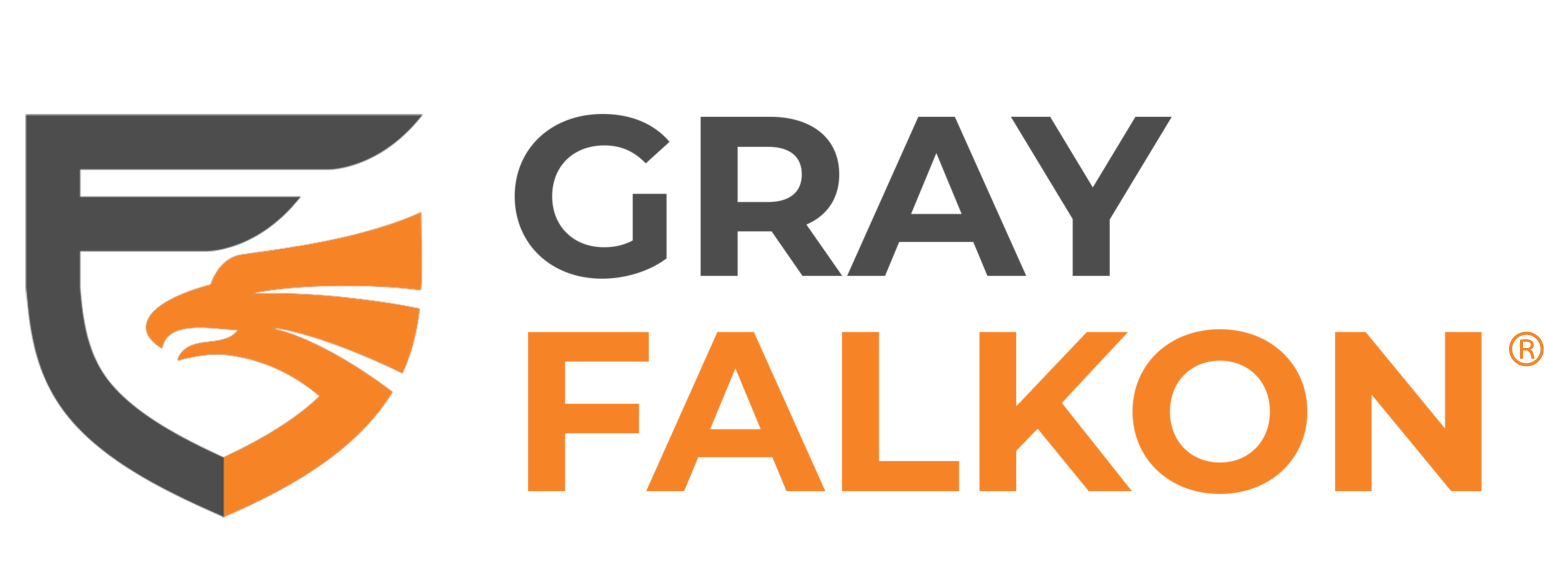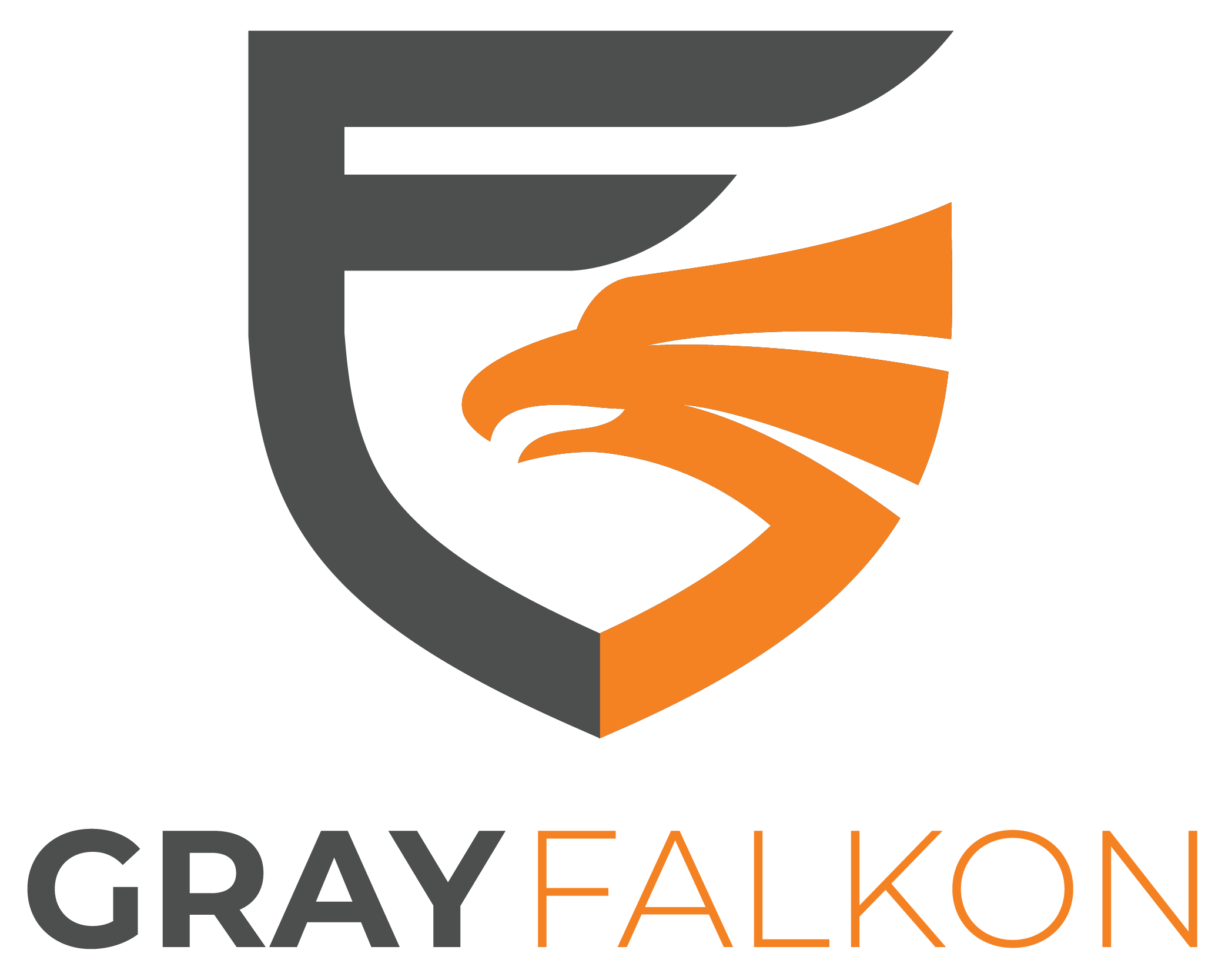
The rise of unauthorized third-party sellers on Amazon has presented numerous challenges for brands. These rogue sellers often violate Amazon’s policies, leading to significant issues for legitimate brands. While these violations pose risks, they also create opportunities for brands to protect their reputation and market share. Let’s explore the most common and egregious policy violations committed by unauthorized sellers, such as selling counterfeit products, listing banned or illegal items, manipulating product reviews, and failing to meet Amazon’s quality guidelines as well as examine how brands can proactively monitor for these infractions and report violators, leveraging Amazon’s deterrents and punishments to reduce competition from unauthorized sellers.
Common Policy Violations by Unauthorized Sellers
Unauthorized third-party sellers on Amazon frequently engage in activities that violate the platform’s policies, harming legitimate brands in the process. Here are some of the most common and egregious violations:
Selling Counterfeit Products: Counterfeit goods are a significant issue on Amazon. Unauthorized sellers often list fake products under a brand’s name, leading to a dilution of brand equity and potential legal repercussions. These counterfeit items are usually of inferior quality, which can damage the reputation of the genuine brand when customers receive subpar products.
Listing Banned or Illegal Items: Some sellers try to circumvent Amazon’s restrictions by listing banned or illegal items. This not only violates Amazon’s policies but also puts consumers at risk. Examples include items that are prohibited due to safety concerns, regulatory issues, or trademark infringements.
Manipulating Product Reviews: Unauthorized sellers may engage in review manipulation, such as posting fake positive reviews for their products or negative reviews for competitors which is prohibited by Amazon. This practice undermines the trustworthiness of the review system and misleads consumers. Review manipulation can give an unfair advantage to unauthorized sellers while damaging the reputation of legitimate brands.
Failing to Meet Amazon’s Quality Guidelines: Products that do not meet Amazon’s quality standards can result in negative customer experiences, leading to poor reviews and returns, which ultimately affect the brand’s reputation. Unauthorized sellers might sell products that lack proper safety certifications or fail to meet the quality expected by customers.
Creative Product Bundling: Some sellers bundle products in ways that violate Amazon’s bundling policies. This can mislead customers about what they are purchasing and result in a poor shopping experience. Unauthorized sellers might combine unrelated or incompatible items, creating confusion and dissatisfaction among buyers.
Consumer Experience & Safety: When unauthorized sellers create their own ASINs, they often leave off critical information, such as safety disclosures. For example, a product might lack a “may contain nuts” warning, putting consumers with allergies at risk. Thankfully for consumers, Amazon has an A-to-z Guarantee which provides consumers with refunds on products delivered in poor condition, mislabeled, unsafe, and more. Although Amazon’s guarantee exists, ensuring all necessary information is included is essential for consumer safety and trust.
Country-Specific Requirements: Products sold in specific countries must adhere to local regulations. For instance, products sold in Canada are required to be bilingual (English and French). Amazon has specific policies and requirements for selling internationally. Unauthorized sellers frequently ignore these requirements, leading to legal issues and damaging the brand’s compliance record.
Impact of Violations on Brands and Authorized Sellers
Unauthorized sellers violating Amazon’s policies can have severe repercussions for legitimate brands and authorized sellers. Here’s a look at the various impacts:
Brand Reputation and Consumer Trust: When unauthorized sellers list counterfeit or substandard products, it directly affects a brand’s reputation. Customers who purchase these products expecting the quality associated with the brand are often disappointed, leading to negative reviews and a loss of trust. This erosion of consumer trust can be particularly damaging in the long term, as brand reputation is crucial for maintaining customer loyalty. Negative reviews and poor customer experiences can spread quickly online, amplifying the damage to the brand’s image.
Revenue Loss and Market Share: The presence of unauthorized sellers on Amazon often results in significant revenue loss for legitimate brands. These sellers frequently undercut prices, ignoring pricing guides and policies, making it difficult for authorized sellers to compete. This price competition can devalue the brand, leading to reduced profit margins for legitimate products. Additionally, unauthorized sellers divert potential sales, impacting the overall market share of the brand. Over time, this erosion of market share can weaken the brand’s position in the market, making it harder to recover and grow.
Legal and Compliance Risks: Brands may face substantial legal and compliance risks if unauthorized sellers do not adhere to regulatory requirements. For example, products sold in certain countries must comply with local laws and regulations, such as bilingual labeling in Canada. Unauthorized sellers often ignore these regulations, leading to potential legal penalties for the brand. This non-compliance can also harm the brand’s relationships with regulatory bodies and result in costly legal battles to resolve these issues.
Customer Dissatisfaction and Increased Returns: Products sold by unauthorized sellers often do not meet Amazon’s quality guidelines, leading to increased customer dissatisfaction and returns. High return rates not only result in lost revenue but also increased operational costs related to processing these returns.
Disruption of Brand Messaging and Marketing Efforts: Unauthorized sellers can disrupt a brand’s carefully crafted marketing strategies and messaging. For instance, if these sellers change product descriptions, images, or bundle products inappropriately, it can create confusion among customers. This inconsistency can dilute the effectiveness of marketing campaigns and make it difficult for customers to understand the brand’s value proposition. Maintaining consistent and accurate product information is essential for effective brand communication and marketing.
Challenges in Enforcing Intellectual Property Rights: Enforcing intellectual property rights against unauthorized sellers can be a complex and resource-intensive process. Brands must continuously monitor the marketplace for violations and take appropriate actions to remove infringing listings. This ongoing effort requires significant time and resources, diverting attention from other critical business activities. Additionally, the global nature of eCommerce means that brands must navigate different legal systems and enforcement mechanisms, adding to the complexity of protecting their intellectual property.
By understanding these impacts, brands can better appreciate the importance of monitoring and addressing policy violations. Proactively managing these challenges is crucial for maintaining a strong market presence and protecting the brand’s integrity.
Monitor and Report Violations on Your Own
To protect your brand on Amazon, it is crucial to monitor for policy violations and report them effectively. However, this is far from a straightforward task. The process is time-consuming, often frustrating, and requires a continuous commitment. Here’s an overview of the steps involved:
Using Amazon’s Monitoring Tools
Amazon provides several tools and services to help brands monitor their listings and detect unauthorized sellers. Some key tools include:
Brand Registry: Enrolling in Amazon’s Brand Registry gives you access to powerful tools like search and reporting functionalities that make it easier to find and report violations. It also provides increased authority over product listings to ensure accuracy and consistency.
Transparency Program: This program helps prevent counterfeits by enabling brands to apply unique codes to their products. Customers and Amazon can scan these codes to verify the authenticity of the product.
Project Zero: Amazon’s Project Zero combines advanced technology with the proactive removal of counterfeit listings by the brand itself, giving more control to the brand owners.
Conducting Regular Audits
Regular audits of your product listings and seller activity are essential, yet they can be particularly labor-intensive:
Manual Checks: Periodically reviewing your product listings for any unauthorized changes made by third-party sellers can be a painstakingly detailed process. This involves scrutinizing product descriptions, images, and prices regularly.
Automated Monitoring: While third-party software can automate some aspects of monitoring, setting up and maintaining these systems requires technical expertise and can involve significant costs. These systems still need human oversight to interpret the data and take appropriate action.
Steps for Reporting Violations
When you identify a policy violation, it’s important to report it to Amazon promptly. Here’s how:
Gather Evidence: Collect all necessary documentation and evidence of the violation. This includes screenshots of the offending listing, purchase receipts, and customer complaints.
Submit a Report: Use Amazon’s Report Infringement form available in the Brand Registry or the contact tools in Seller Central to submit your report. Ensure that all information is accurate and detailed to facilitate a swift resolution.
Follow-up: Keep track of your submitted reports and follow up with Amazon if necessary. Persistence can be key in ensuring that appropriate action is taken.
Implementing these strategies can help you manage and mitigate the impact of unauthorized sellers on your brand. However, the process requires continuous effort and vigilance. For a more streamlined and efficient approach, partnering with experts can provide significant advantages.
Gray Falkon’s Solutions and Approach
Navigating the complexities of policy violations on Amazon can be challenging for any brand. Gray Falkon offers an advanced solution and dedicated support to streamline this process and ensure comprehensive protection for your brand. Here’s how Gray Falkon can help:
Comprehensive Monitoring Solutions: Gray Falkon’s AI-powered solution extends monitoring beyond Amazon to other online marketplaces, including Walmart, eBay, and more. This provides a holistic view of your brand’s online presence, ensuring that enforcement is not just reactive but also strategic.
Automated Enforcement and Proactive Protection: With the integration of machine learning and AI, our solution automates the detection of unauthorized listings and initiates the removal process by creating the necessary arguments and workflows to get marketplaces to take action. As eCommerce marketplaces evolve, our AI learns and adapts new strategies to improve its effectiveness. This automation ensures that potential threats are identified and mitigated before they can cause significant harm to your brand.
Dedicated Brand Success Strategist: Unique to Gray Falkon’s Full Deployment plan, brands benefit from a dedicated Brand Success Strategist who works closely with them to ensure their protection strategies and technologies are effectively aligned with their specific needs. This personalized approach ensures that the AI technology is not just a tool, but a part of a coordinated strategy designed to maximize protection and adapt to new challenges as they arise. Your Brand Success Strategist is there to provide ongoing support, strategic insights, and actionable recommendations.
Deep Analytics and Reporting: Gray Falkon offers brands deep insights into the patterns and tactics of unauthorized sellers. These analytics help brands understand not just where marketplace violations occur and where their IP is being infringed, but also the effectiveness of the enforcement actions taken. This data-driven approach allows for better strategic decisions in real time, ensuring that your brand’s enforcement efforts are both effective and efficient.
By leveraging Gray Falkon’s advanced technology and dedicated support, brands can ensure a robust defense against unauthorized sellers, maintaining their integrity and market presence on Amazon, Walmart.com, eBay, and other eCommerce marketplaces.
Protect Your Brand on Amazon
The rise of unauthorized third-party sellers on Amazon presents significant challenges for brands, including threats to brand reputation, revenue, and legal compliance. By proactively monitoring and reporting policy violations, brands can protect their integrity and maintain consumer trust. However, the process can be time-consuming and complex.
Gray Falkon offers comprehensive solutions that combine advanced technology with dedicated support to streamline this process. From automated monitoring and enforcement to personalized strategic guidance, Gray Falkon provides the tools and expertise needed to safeguard your brand effectively. Partnering with Gray Falkon allows you to focus on growing your business while ensuring that your brand remains protected from unauthorized sellers and policy violations.
Schedule a demo today to enhance your brand protection strategy.



